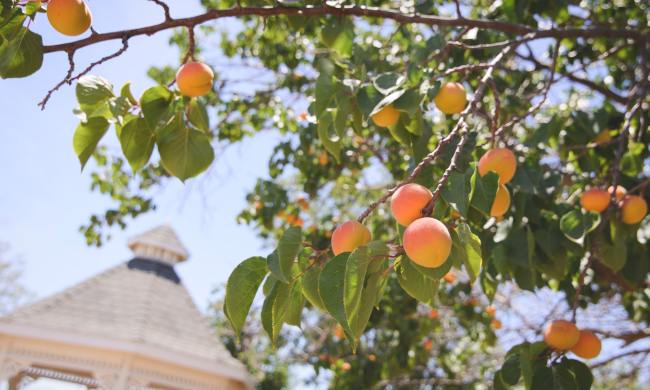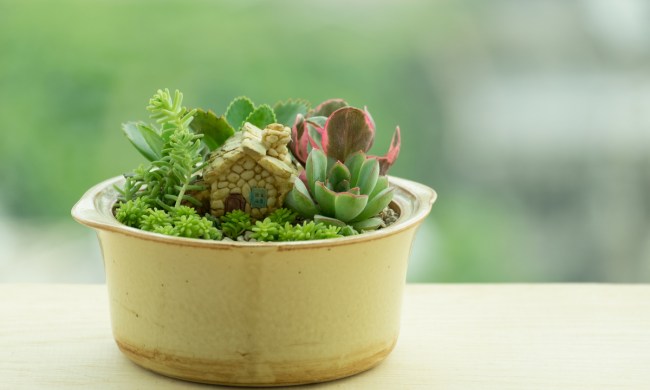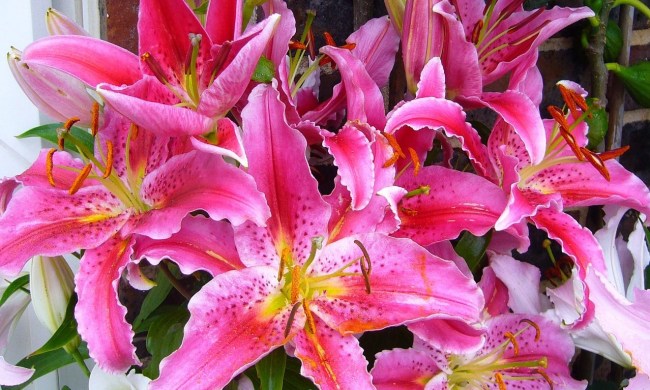Growing flowers is an excellent way to brighten up your landscape and have flowers to pick for decorating your home or sharing with friends and family. However, growing flowers outside isn’t always an option for everyone. Growing plants hydroponically is gaining more and more traction as people learn how good it is for the environment and how easy it is to get started.
What is a hydroponic garden?
Hydroponics is a method of growing plants without soil. People use many different mediums, but they all serve the same purpose: housing the plant’s roots and allowing water and nutrients to flow through it easily. Hydroponic systems range from complex to straightforward systems that can be set up in an afternoon. So why would you want to grow flowers in this way?
Growing hydroponically can make it easier for those with different abilities to grow plants when they might not have been able to with traditional methods. Without the need for soil, there isn’t any need to pull weeds or spend hours outside in the heat. This makes gardening more accessible to more people.
Plants grown in hydroponics systems grow faster than plants in soil. There isn’t any fight for nutrients, and the plants don’t have to go searching for water. This allows the plants to focus on growth and production. More production means more flowers for your favorite blooming plants. Growing hydroponically also saves space and water. You can grow more plants in a smaller area with hydroponics than you can with traditional gardening. You also use less water with hydroponic systems than you do with conventional soil gardening. Not only that, since hydroponic systems are indoors, you can grow and produce flowers all year round. So more flowers, less space, less water usage, and flowers in winter — why wouldn’t you give hydroponics a try?
Here are some of our favorite flowers to grow in our hydroponics gardens, to get you started.
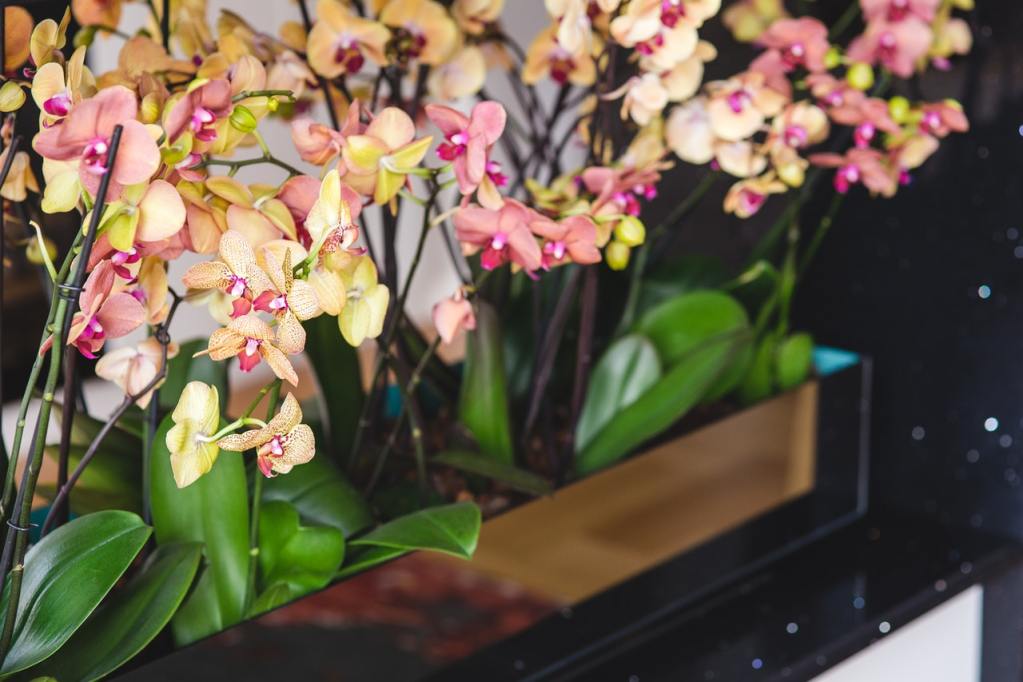
Orchids
You could argue that orchids are made for growing hydroponically. Their roots are designed to capture water from the air, and they love high levels of humidity. Orchids flourish in hydroponic systems. To ensure your orchid is happy, be sure to provide it with ample but diffused light. You’ll also want that light to be able to reach the roots. Some hydroponic systems have dark tunnels for the roots, but this won’t make your orchid happy. A transparent tube for the roots is best.
Amaryllis
These bulb flowers love to have “wet feet,” making them an excellent candidate for hydroponic growing. Access to more water will allow these plants to grow big bulbs and massive flowers that you and your guests are sure to enjoy. Just remember that bulb plants don’t like too much nitrogen, so be sure your nutrient mix isn’t too high in that particular ingredient.
Iris
There is a variety of iris that will grow in almost any condition, from dry soil, pack clay ground, or even in boggy swamps! This means the iris easily makes the transition to hydroponics. To ensure you have a plant that will grow year round, invest in iris varieties with a rhizome instead of a bulb. However, if you have an iris bulb, you’ll want to ensure that only the roots are in the water, not the bulb. When you have several blooms you love, pick them off for displaying on a table!
Daffodils
Every year we gardeners get excited when we see the green tips of our daffodils. It means spring is coming, and our gardening adventures can begin again. But if you don’t want to wait, you can grow these pretty little flowers hydroponically because of their bulbs. For a happy plant, deadhead the wilted flowers to give the plant energy to put into its bulb or into growing more flowers. You can even cut flowers before they wilt to decorate your nightstand or share with friends.
Peace lily
Although not shaped like a traditional flower, peace lilies are a beloved plant for many. They do well in hydroponic systems but will do best in a system on their own. They are highly sensitive to chlorine, so be sure you check your nutrient level often. And you’ll also want to be sure that only the roots dip into the water, and no part of the aerial plant is in the water.
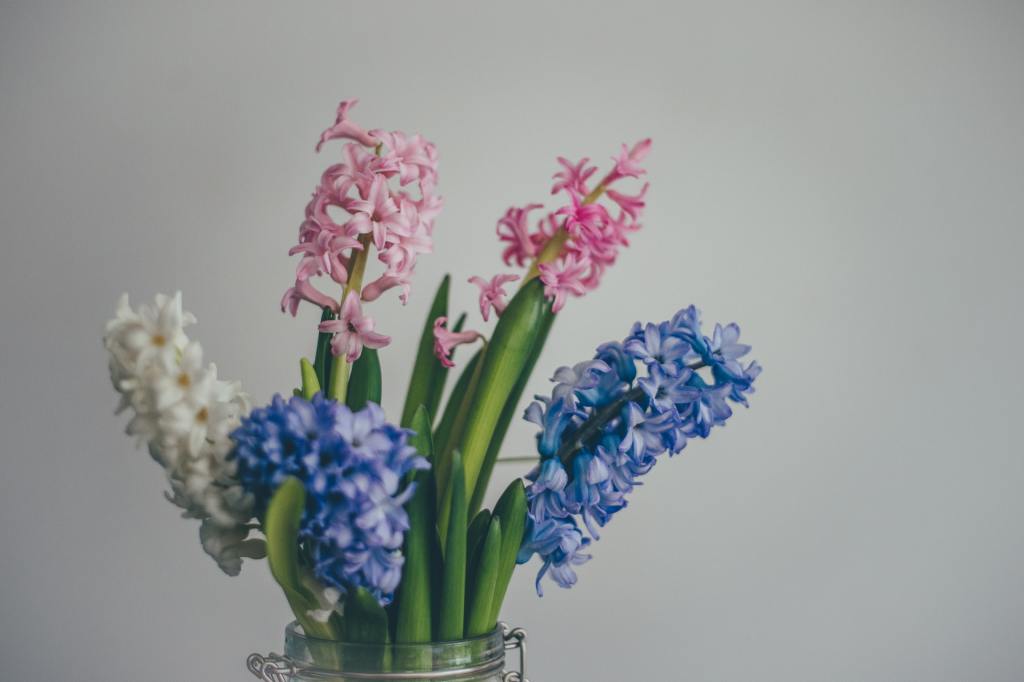
Hyacinth
These uniquely shaped flowers are super easy to grow hydroponically. Many growers use these to grow in water as a science project for their kids. Unlike other bulbs, you don’t have to remove hyacinth from the water when it goes dormant. When the flowers wilt back, cut the stem to allow the plant to invest in its bulb. You can prolong its blooming period by adding organic blooming fertilizer and enjoy these stunning flowers for longer.
It might feel intimidating at first to grow without soil, but even just a jar with a small flower bulb can give you an idea of how easy growing hydroponically can be.
